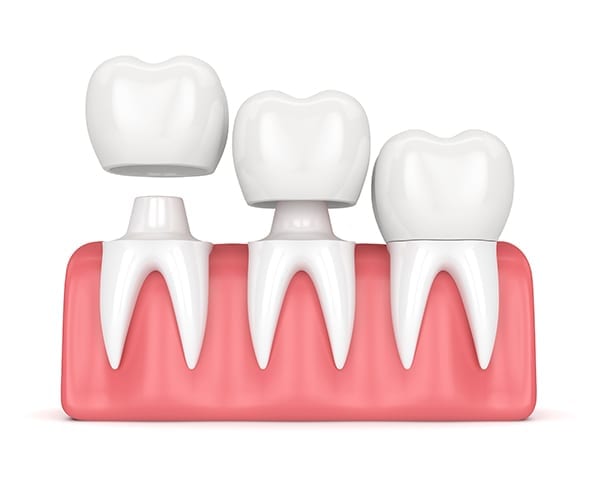The issue of dental trauma embraces many diverse and varied situations, however the case that I’m about to discuss is quite personal and involved ongoing dental considerations over decades of my life.
Approximately 22 years ago, my eldest son (about 8 years old at the time) came running into the house after a session learning to ride his newly acquired push bike (and unfortunately experienced the death wobbles). He was crying, with blood streaming from soft tissue lacerations around his mouth and nose.
Being a practitioner with approximately 10 years’ experience at the time, I was extremely interested in examining his front teeth lying behind the damaged soft tissue around his mouth.
To my aghast, both of his central incisors (middle teeth) were broken off at gum level.
The nerves of these fresh new permanent teeth were clearly visible and exposed and I knew from my knowledge of dental anatomy and development that the roots of these two extremely important teeth would not be developed, so the prognosis for any form of treatment was extremely poor.
The thought of my son, so young, losing such an integral part of his smile and window to the world brought tears to my eyes.
However, we must try and do our best with what the circumstance has provided. A Sunday afternoon was spent at the dental surgery, where particular linings (calcium hydroxide) were placed over the exposed and damaged nerve endings to protect them. This was an effort to try and preserve the vitality of the teeth to enable the natural process of root formation to occur. This procedure was done after careful debridement and irrigation.
With the millimetre or so of remaining tooth structure above gum level, temporary crowns were attempted to give some level of functionality and protection to the nerve chamber. These temporaries were changed often over the course of the next 7 or 8 years, while further eruption of these teeth took place (the teeth grew further out of his gums).

Fortunately, this eruption enabled just enough adequate tooth structure for later permanent ceramic crowns to be provided and were even utilised during comprehensive orthodontic treatment over a number of years.
I am pleased to say that the long term consideration and careful planning of this case has enabled not only the roots to develop to their full dimension, but the teeth have remained vital and this boy (man) aged 30 has two permanent ceramic crowns that look as though they are part of his natural, undamaged dentition.
Trauma cases need to be considered carefully from the outset, with particular emphasis on giving the body every chance to activate its enormous recuperative powers.
By Dr. Lee Woodward


